First, here's a little info about self-regulation: Self-regulation is a complex process that allows children to appropriately respond to their environment. In other words, it helps them manage their emotions, thoughts and behavior. It's an active, intentional process that:
Here are some examples of self-regulation skills that children learn over time:And now, 11 Games that Develop Self-Regulation:Most of these games come from: Tominey & McClelland (2011). Red light, purple light: Findings from a randomized trial using circle time games to improve behavioral self-regulation in preschool. Early Education and Development, 22 (3). This research study shows that playing certain games helps children develop self-regulation skills. Try one of these or play any game that helps children stop and think, such as Simon Says. Just make it fun!
Have fun playing, connecting, and building self-regulation skills! Let me know how it goes, and please share some games that work for your children. Resources:
0 Comments
To play a connecting game, just include these 3 things:
Here are nine of my favorite connecting games to play with school-age children. I hope you enjoy some of them! Back Writing Trace a word or phrase on a child's back and have them guess what you "wrote". Use affirmations, encouragement and positive messages. Balloon Keep Up (Torbert, M. & Schneider, L.B. (1993) Follow me too: A handbook of movement activities for three- to five-year-olds. Washington, DC: NAEYC. pp. 51-53) Have lots of balloons, and children work together to keep the balloons from touching the floor. Special Handshake Create a special handshake with each of your children, and use it every day to greet them. Car and Driver (Torbert, M. & Schneider, L.B. (1993) Follow me too: A handbook of movement activities for three- to five-year-olds. Washington, DC: NAEYC. p. 71) Stand behind a child with your hands on her shoulders. Direct the child to stop and start using only your hands. The child can take a turn “driving” with her hands on your waist. Hand Clapping Games Partner with a child and make up a clapping pattern as you sing the songs.
In a Cabin in the Woods (traditional Boy Scout camp song) In a cabin in the woods (draw a square in the air with your fingers) A little man by the window stood (make circles, like binoculars, with your hands and put up to your eyes) Saw a rabbit hopping by (two fingers walking in front of you in the air) Knocking at his door (do a knocking motion with one hand) “Help me! Help me! Help!” he cried (fling your hands in the air three times) "Before the hunter finds me!" (put hand over forehead as if shielding the sun while looking back and forth) Little rabbit come inside (motion inviting someone to come to you) Safely you may hide (rock your arms like you’re rocking a baby) Keep repeating the song, doing the hand motions but humming instead of singing a line. So the second time you sing the song, you don’t say “In a cabin by the woods”, you just hum it and make the hand gesture. The third time, you leave out both 1st and 2nd lines (humming only) do just the hand gesture, sing the rest. You keep going until there are no words, just humming and gestures. You can also speed up the tempo Plainsies, Clapsies (Henry Goyette) Say one line as you toss the bean bag to a child. The child repeats it as he tosses it back to you. Plainsies, (Just throw) Clapsies, (clap after throw) Roll the ball, (roll hands as if wheels after throw) Dilapsies. (touch shoulders after throw) Highsies, (toss bean bag high) Lowsies, (toss bean bag low) One hand, (toss bean bag one-handed) The other hand. (use the other hand) Touch my knee, (touch knee after throw) Touch my toe , (touch toe after throw) Touch my heel, (touch heel after throw) And under we go! (toss bean bag from under leg) “Pom-Pom Push”
Try some of these connecting games, or use your own favorite connecting activities with your school-agers. You will be helping your children - and yourself - thrive! Have fun!
To play a connecting game, just include these 3 things:
Here are 13 of my favorite connecting games to play with infants and toddlers. I hope you enjoy some of them! Bumpy Road Smooth Road, Smooth Road. (move child in circular motion) Bumpy Road, Bumpy Road. (bounce your child on your lap) Rough Road, Rough Road. (bounce higher and faster) Hole. (dip child between your legs) Did You Ever See a Baby Did you ever see a baby, (have your child sitting on your lap) A baby, a baby? Did you ever see a baby, Go this way and that? (rock from side to side) Go this way and that way, (forward and back) And that way and this way. (side to side) Did you ever see a baby, Go this way and that? (forward and back) Giddy Up Horsey Giddy-up, giddy-up, giddy-up horsey. (bounce child on knees) Giddy-up, giddy-up, go, go, go Giddy-up, giddy-up, giddy-up horsey. Giddy-up, giddy-up, Whoa! (let child slip through knees) I Bounce You Here I bounce you here, I bounce you there, (bounce child on knees) I bounce you, bounce you, everywhere. I tickle you here, I tickle you there, (gently tickle child) I tickle you, tickle you, everywhere. I hug you here, I hug you there, (hug child) I hug you, hug you, everywhere! Let’s Go Riding in an Elevator Let’s go riding in an elevator. (hold child in front of you on lap) Let’s go riding in an elevator. First floor, (at “first floor” start to lift child up Second floor, rising up a little at each floor) Third floor, Fourth floor, Fifth floor, (by “fifth floor” child should be high) Doooowwwwwnn! (bring child quickly back to lap) Shoe the Little Horse Shoe the little horse, (pat child’s left foot) Shoe the little mare, (pat child’s right foot) But let the little colt (bicycle child’s feet around and around) Run free everywhere.
Elephant Song One elephant went out to play, (hold up one finger) Over the hills and far away. (wave finger like it is going over the hills) She had such enormous fun, (on “enormous” circle arms out and around) That she called for another elephant to come. (cup hands over mouth) “Oh Elephant!”… (call out and then pound the floor for the running elephant sound) (Repeat with as many elephants (fingers) as you want) Little Flea Creeping, creeping, little flea, (creep fingers up child’s body and down again) Up my leg and past my knee. To my tummy, on he goes, Past my chin and to my nose. Now he’s creeping down my chin, To my tummy once again. Down my leg and past my knee, To my toe that little flea. GOTCHA! (gently tickle baby’s tummy and switch to other foot) One, Two, Three One, two, three, (tap on baby’s knee) Tickle your knee. (gently tickle baby’s knee) Four, five, six, (tap on baby’s tummy) Pick up sticks. (gently tickle baby’s tummy) Seven, eight, nine, (tap on baby’s chin) You’re all mine! (hug baby) Round and Round the Garden Round and round the garden, (make a circle in child’s palm) Goes the teddy bear. One step, two steps, (fingers walk up child’s arm) Tickle you under there. (gently tickle child under arm) Round and round the haystack, (make a circle in child’s other hand) Goes the little mouse. One step, two steps, (fingers walk up child’s arm) Into his little house. (gently tickle child under arm)\ Two Little Eyes Two little eyes to look around. (point to child’s features as mentioned) Two little ears to hear each sound. One little nose to smell what’s sweet. One little mouth that likes to eat. Movement Games |
| Catch Me if You Can! Toddlers love to be chased. The object: catch the child with a big bear hug and tickles You can pretend to be different types of animals. Come and Get me! If your infant can crawl, spread some cushions and pillows on the floor. Stay at ground level and peep out from behind them, encouraging her to crawl over them. |
| Relationships between adults and children are incredibly important for children's development, especially in early childhood. Close relationships help to build children's brains, setting the foundation for their lifelong learning, behavior and health. Relationships are built over time, through "serve and return" interactions between adult and child. |
One way to build these important relationships is by playing "connecting games."
To play a connecting game, just include these 3 things:
- Emotional warmth - your nurturing, compassionate presence
- Close contact - eye contact and gentle touch
- Playfulness - expressing joy and fun in being together
I hope you enjoy some of them!
Have lots of balloons, and children work together to keep the balloons from touching the floor.
Play a game of catch, using a bean bag or ball. Let the child make up rules for how to toss the ball.
Stand behind a child with your hands on her shoulders.
Direct the child to stop and start using only your hands.
The child can take a turn “driving” with her hands on your waist.
| Jack-in-the-Box Jack-in-the-Box, Jack-in-the-Box Sit so still Will --- pop up? Of course she will! This connecting game started as a transition activity after circle time. It was appealing to me as a teacher for several reasons: The children got really quiet in their "boxes" so I had their attention The transition was orderly because children moved a few at a time I could add other learning goals to the game - For example, "Will the children wearing red pop up?" I knew the activity also appealed to the children, because they requested it every day. I began adding close contact and playfulness to add a connection component to the game. |
Take turns with a child copying each other’s moves and facial expressions.
This is Mr. Wiggle. He lives in a house. This is Mr. Waggle. He lives in a house, too. So open the doors (POP!), put them inside (POP!) and close the doors.
One day Mr. Wiggle decided to go visit Mr. Waggle. So he opened the door (POP!), and came outside (POP!) and he went up the hill and down the hill and up the hill and down the hill and up the hill and down the hill until he came to Mr. Waggle’s house.
He knocked on the door, “knock! knock! knock!” and called our softly, “Mr. Waggle!” but there was no answer so he knocked louder “knock! knock! knock!” and called out loudly, “Mr. Waggle!” but there was still no answer.
So he went back up the hill and down the hill and up the hill and down the hill up the hill and down the hill until he was back at his own house. He opened the door (POP!) and went inside (POP!) and closed the door (POP!).
Repeat with Mr. Waggle visiting Mr. Wiggle the next day.
The next day, have them both leave at the same time. They meet and greet at the top of the second hill then go to sleep when they get home.
(Source unknown)
Take turns saying short sentences that end in rhyming words, pausing to let the child say the word.
Create a special handshake with each of your children, and use it every day to greet them.
You’ve been gone and you’ve been missed.
Where would you like your butterfly kiss?
(adapted from www.consciousdiscipline.com)
Author
I'm Diane Goyette, a Child Development Specialist, Trainer, Consultant and Keynote Speaker. I'm excited to share my blog!
Whether you are a child care provider or administrator, a teacher, a parent, or a helping professional who supports young children and families, I hope you get some helpful tips to make your job easier and more enjoyable!
Archives
August 2023
July 2023
June 2023
May 2023
April 2023
March 2023
February 2023
January 2023
December 2022
November 2022
October 2022
September 2022
August 2022
July 2022
June 2022
May 2022
April 2022
March 2022
February 2022
January 2022
December 2021
November 2021
October 2021
September 2021
August 2021
July 2021
June 2021
May 2021
April 2021
March 2021
February 2021
January 2021
December 2020
November 2020
October 2020
September 2020
Categories
All
Adult Child Relationships
Autism
Connecting Games
Curriculum Areas
Diversity
Emotional Support
Encouragement
Equity & Inclusion
Four C's Framework
Holidays
Infants & Toddlers
Language & Literacy
Learning Centers
Mindfulness
Physical Activity
Play
Positive Guidance
School-Age Children
Self Care
Self Regulation
Social Emotional Learning

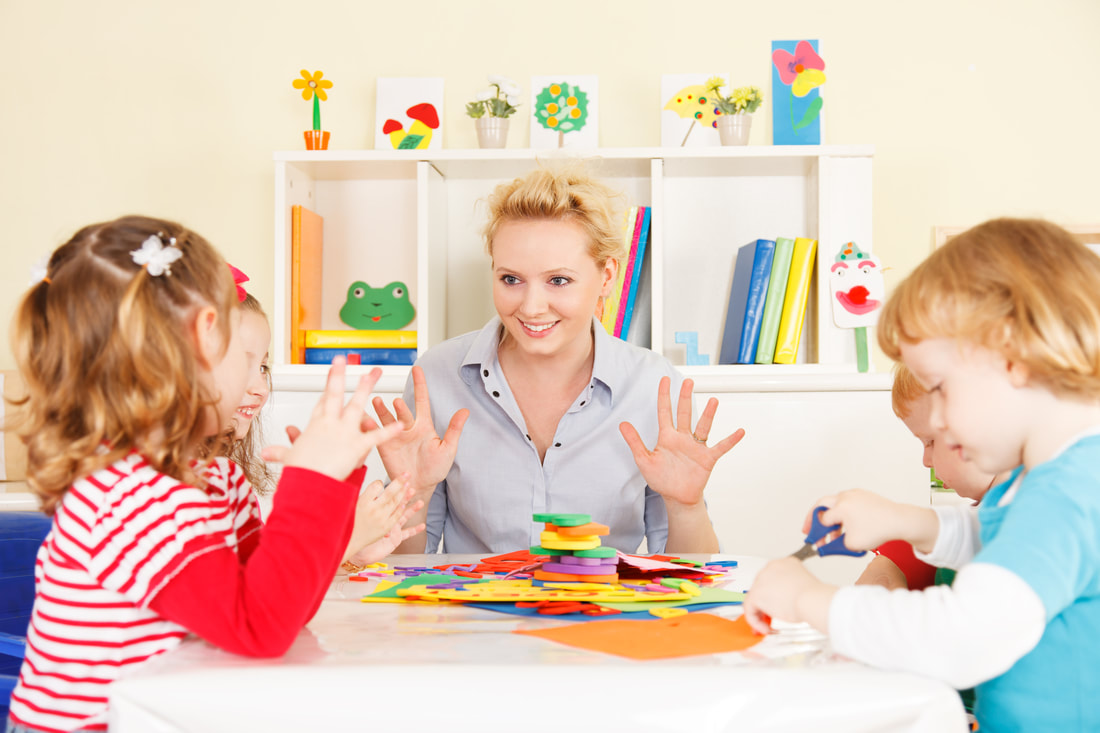
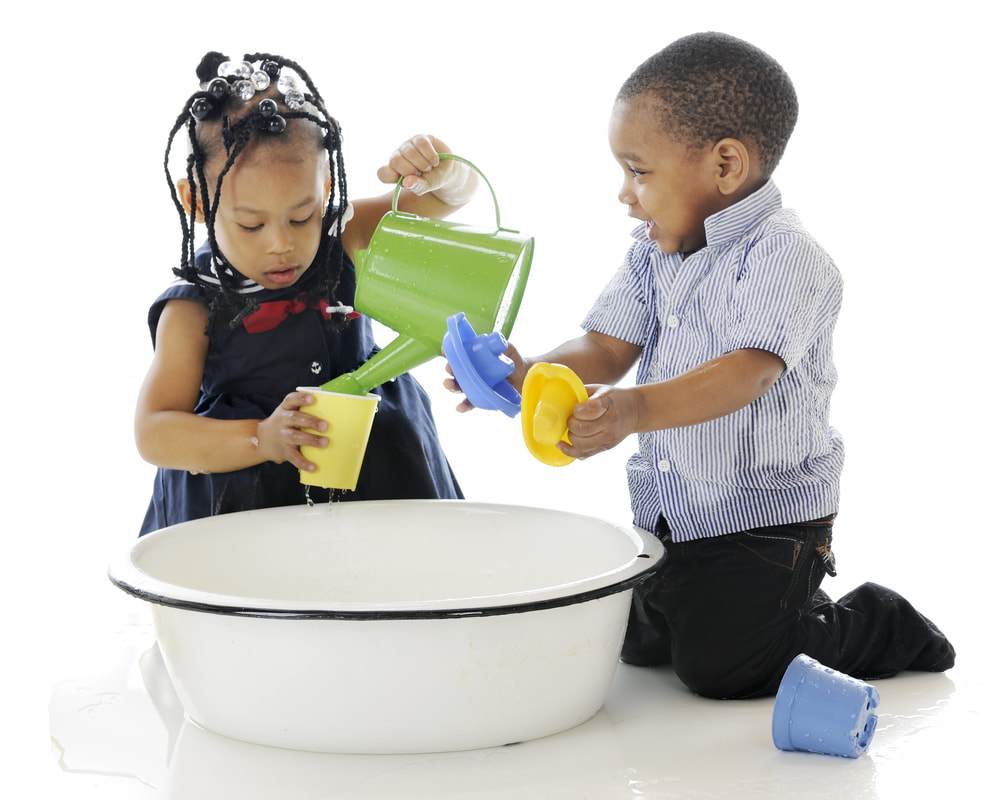
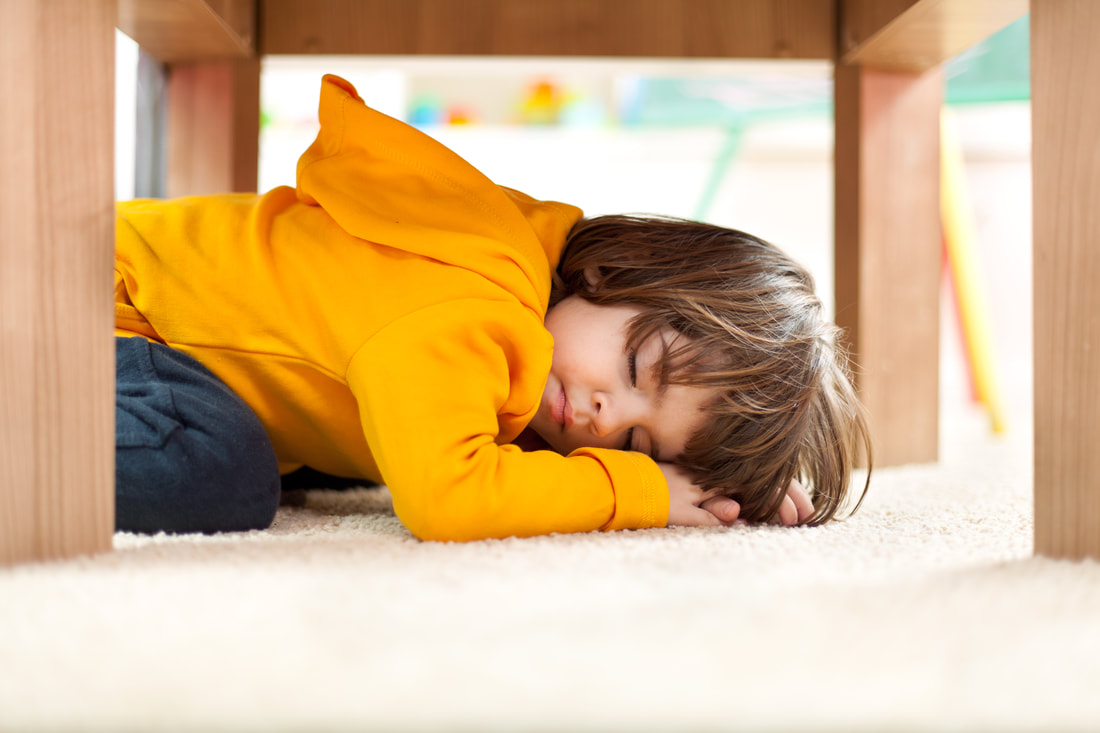
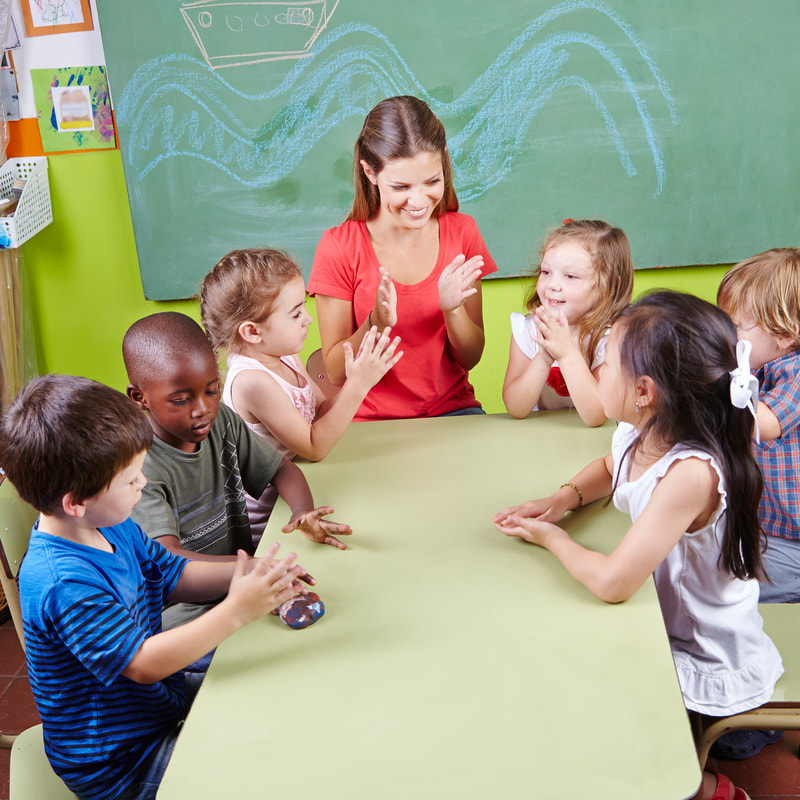
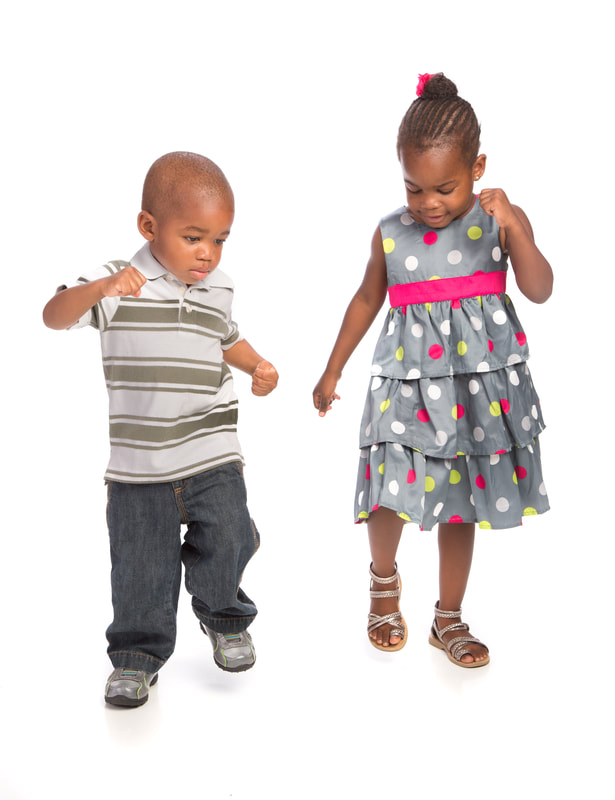
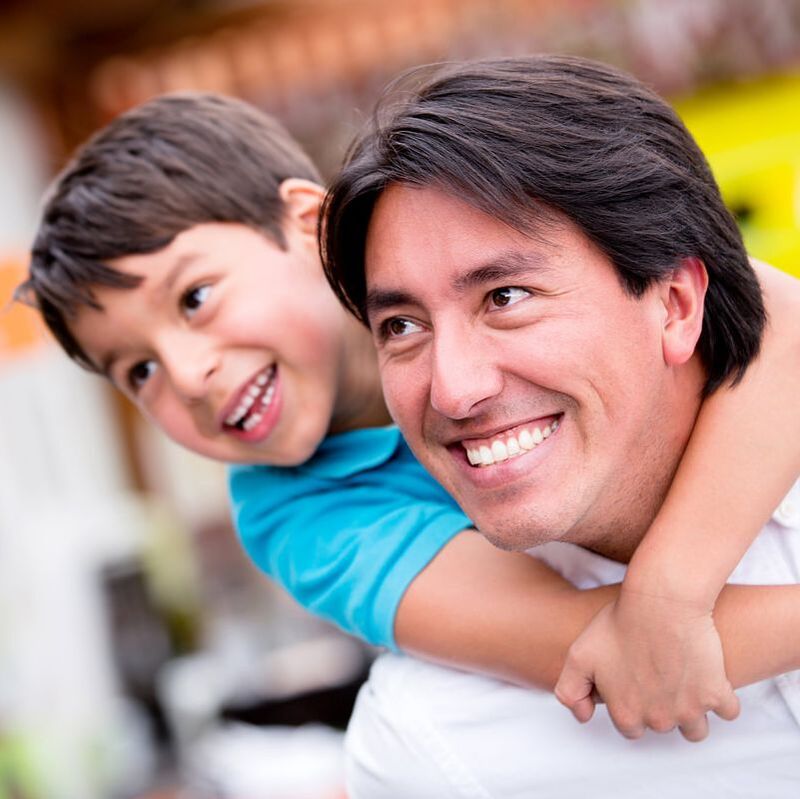
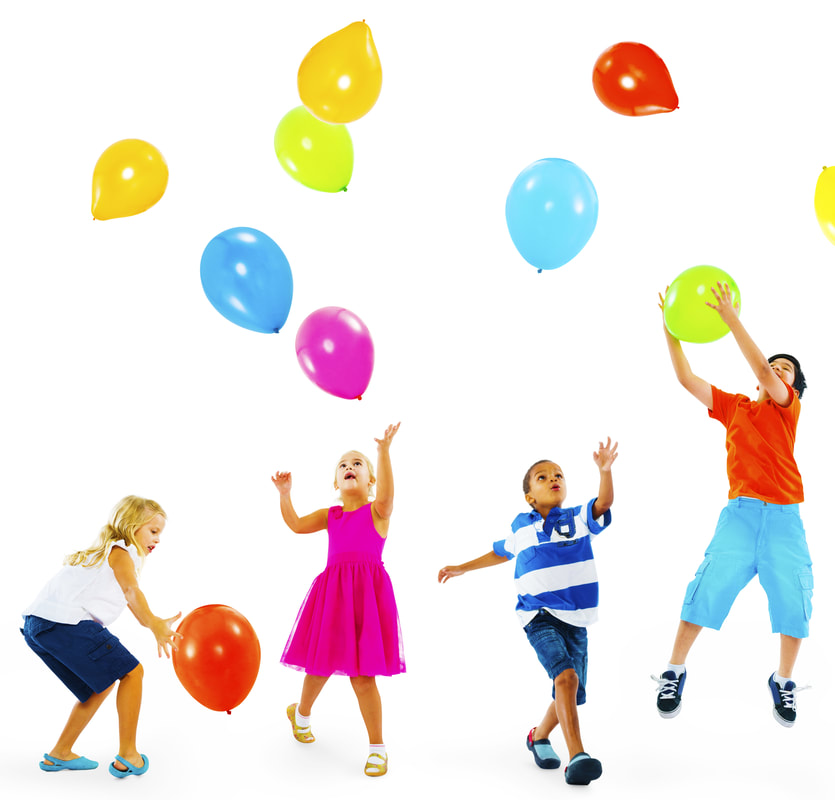
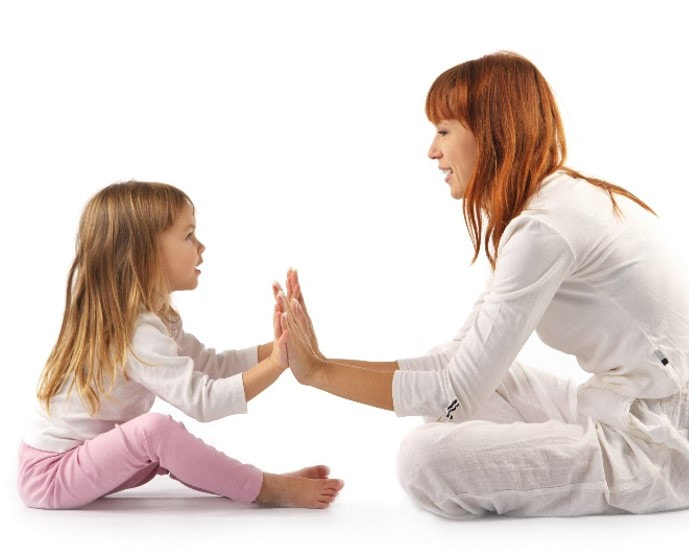
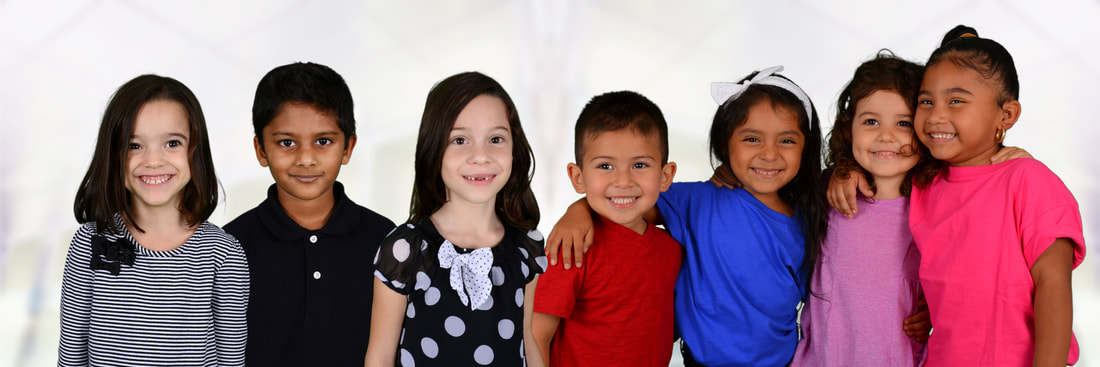
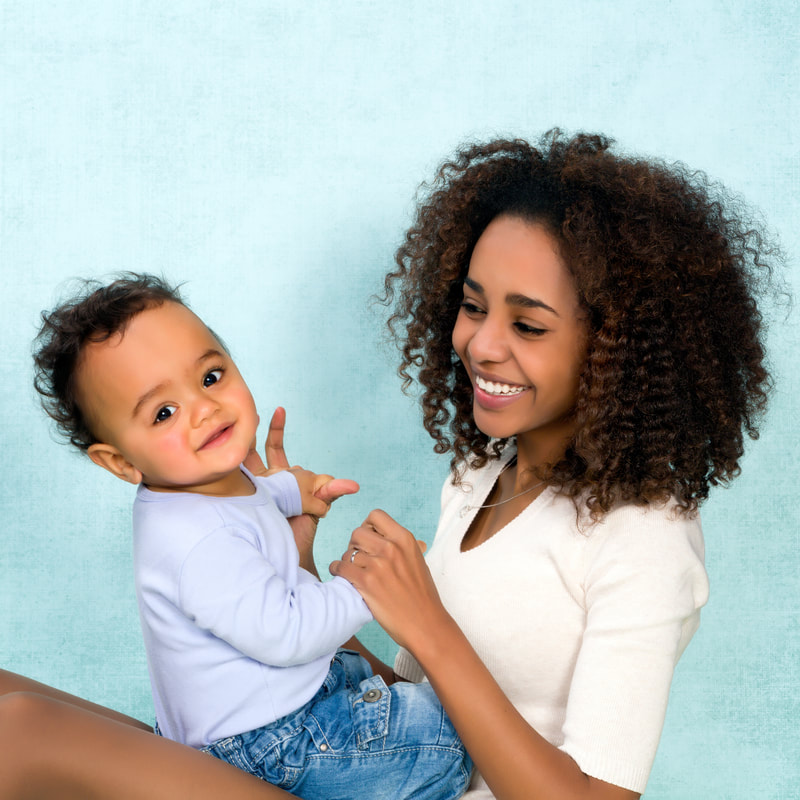
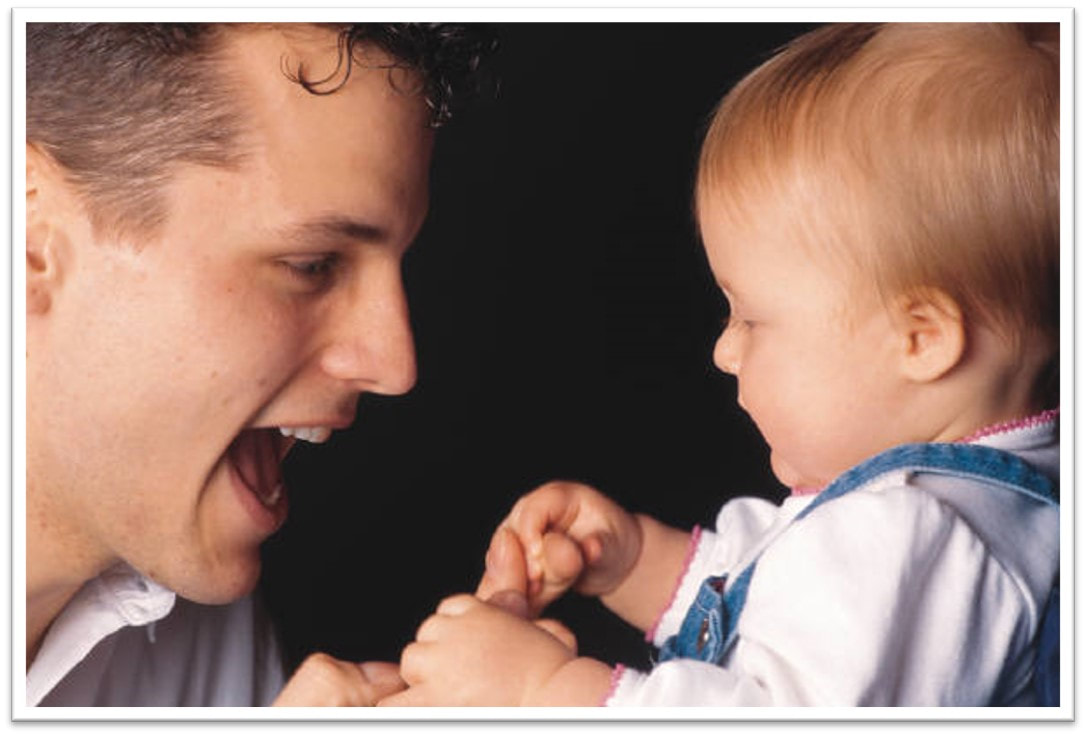
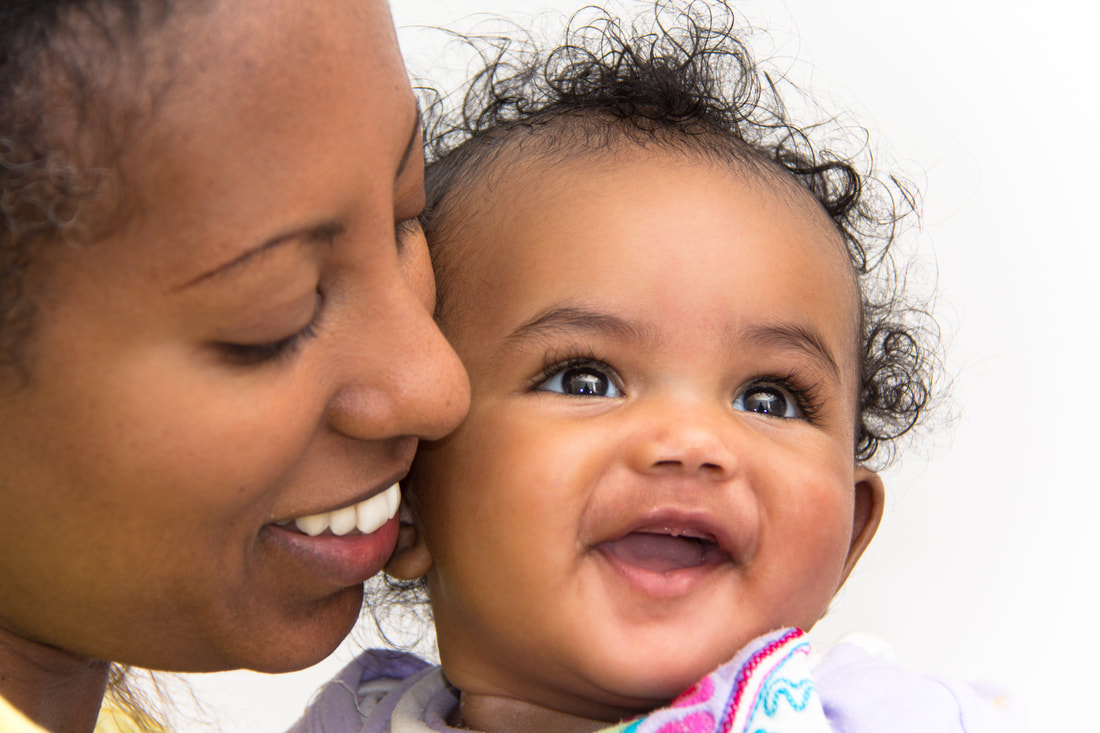
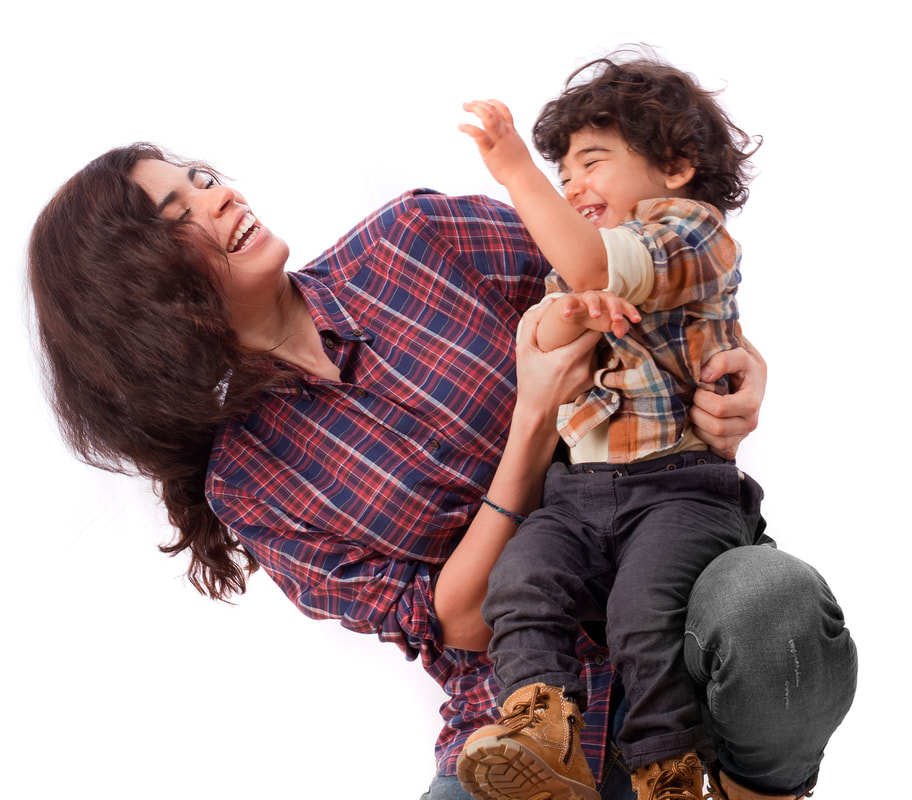
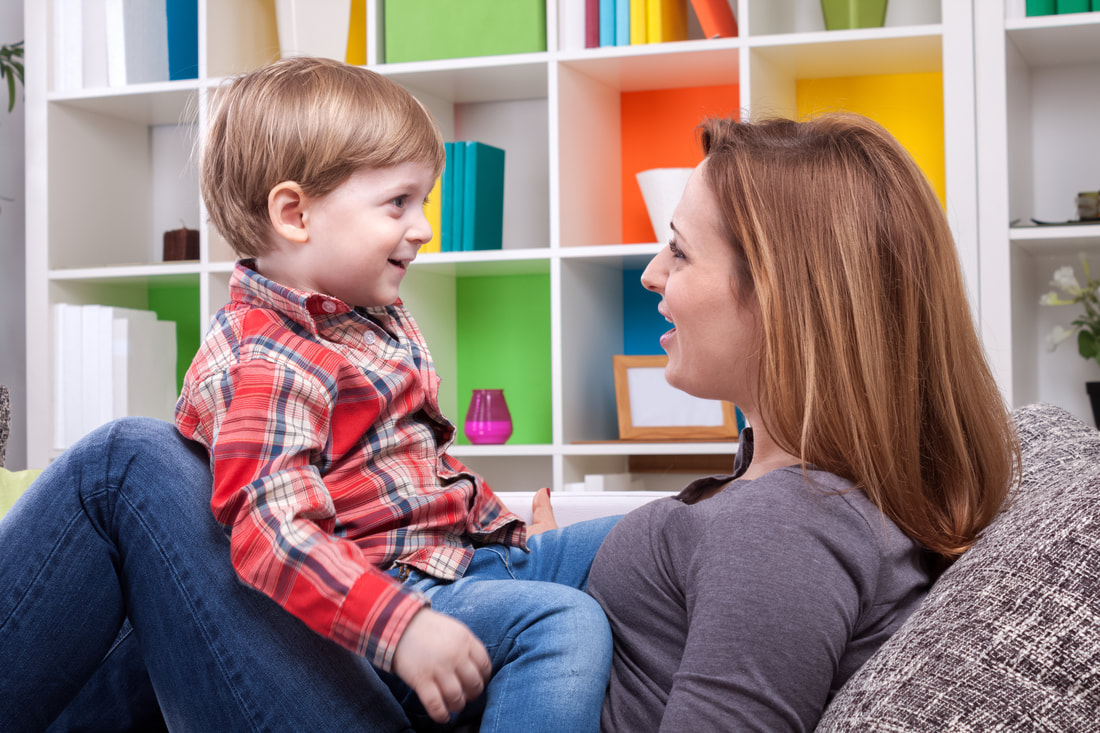
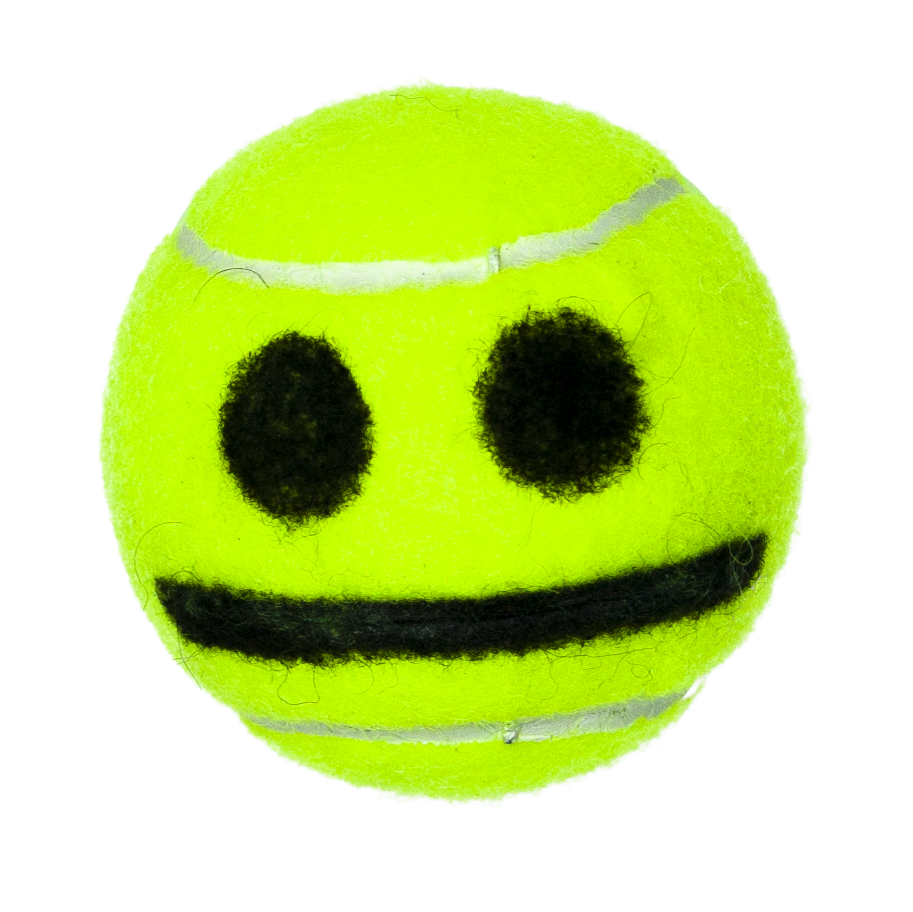
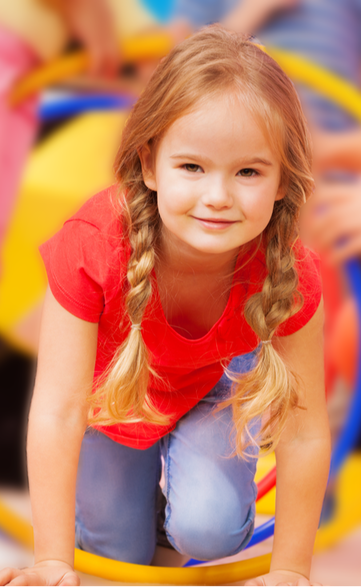

 RSS Feed
RSS Feed